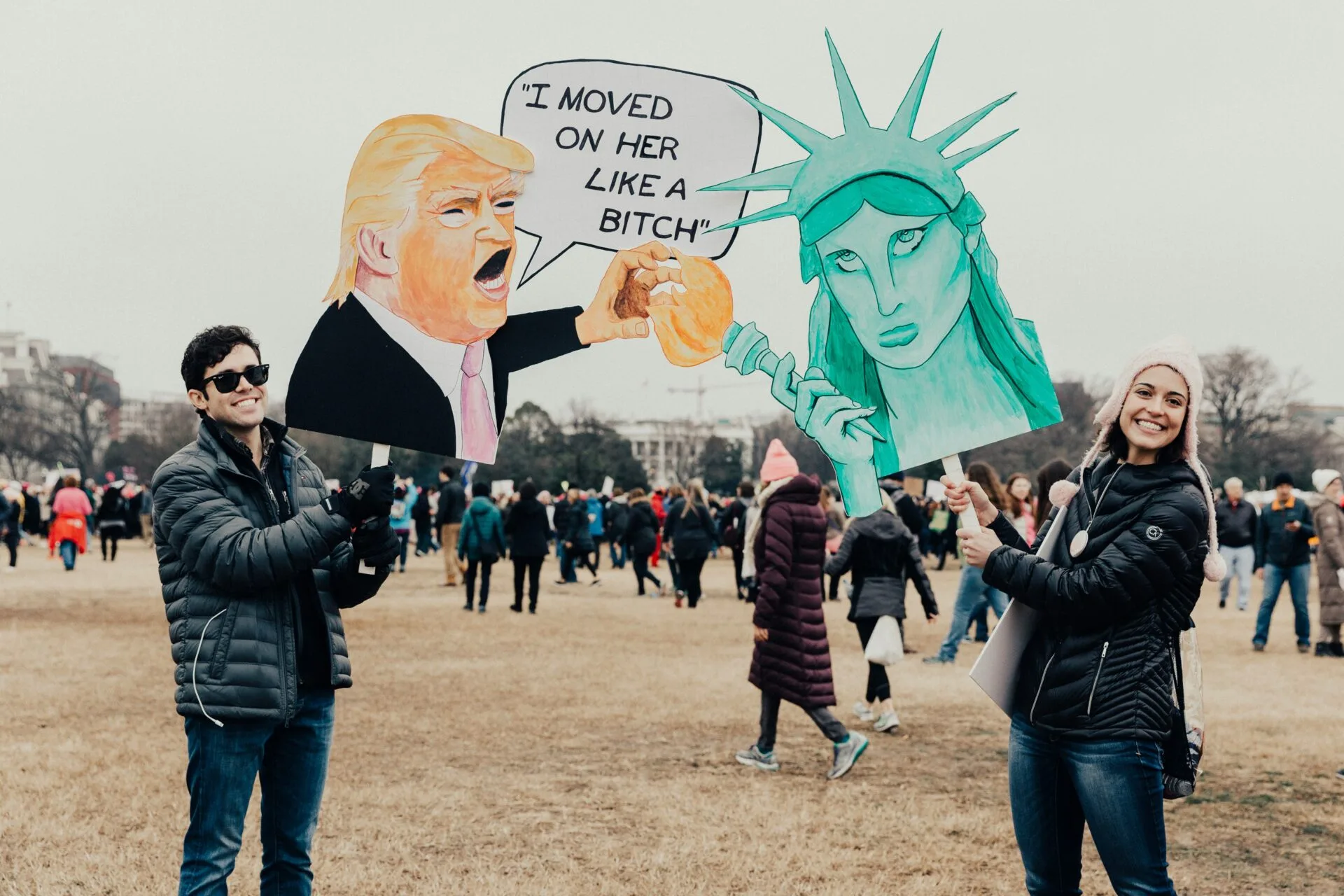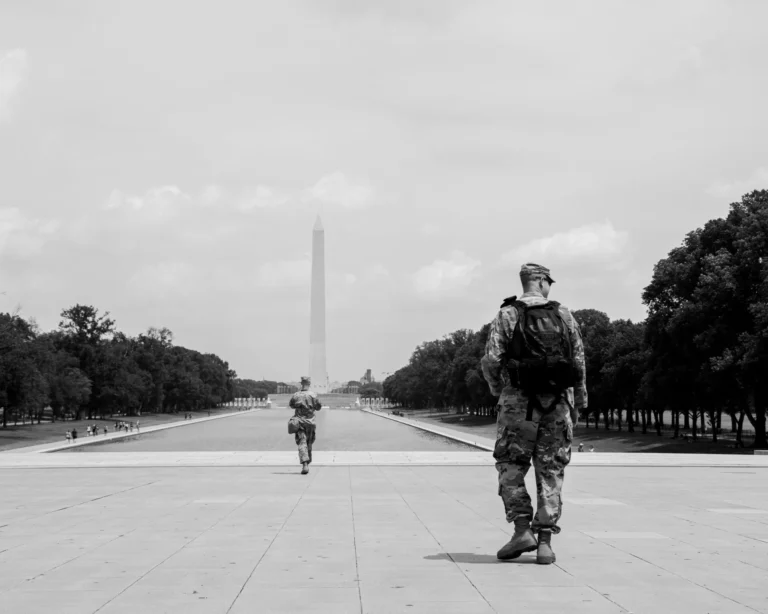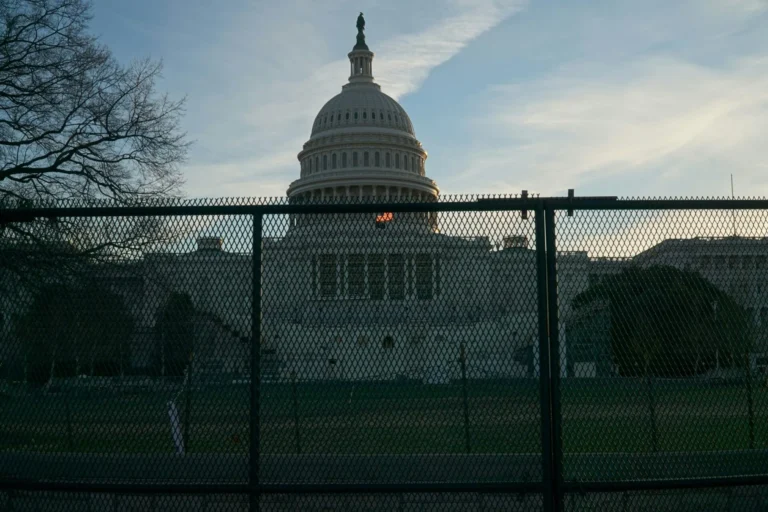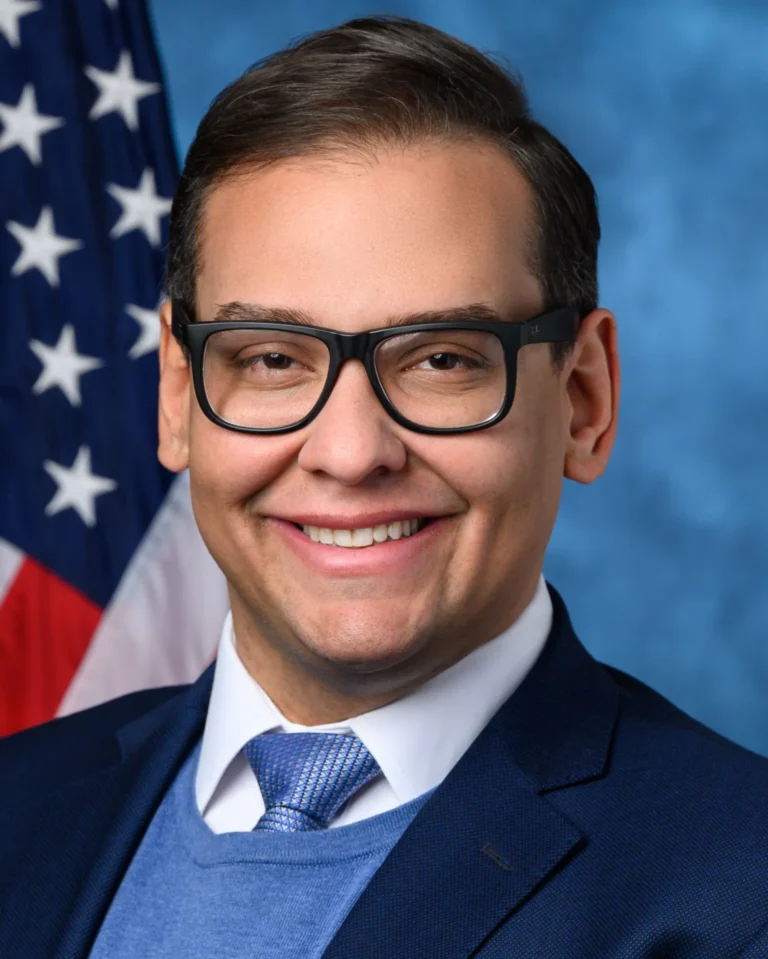Now that his invasion of Democratic-run cities is being limited by the courts, Trump has again begun to publicly float the idea of utilizing the Insurrection Act as a flimsy excuse to stifle free speech and free assembly.
We know he is not interested in maintaining the law or punishing lawbreakers, since he flatly refused to employ the law when his own followers clearly attempted to perform a violent insurrection on Jan. 6th, 2021.
Trump not only refused to stop that violent insurrection in the U.S. capitol against federal powers – making it an attempt of insurrection at the national level, which is much worse and more destabilizing than a simple local affair – he immediately gave the perpetrators full pardons and commutes of sentences after returning to the White House, essentially rewarding them for their violence and anti-democratic activities.
And, according to Google, a House select committee looking into the matter discovered that Trump never actually sent in troops to stop that day’s insurrection. Then-Vice President Mike Pence gave the order to send in the National Guard – an order Trump decided not to override.
Yet Trump forcefully dispersed a peaceful protest in D.C. regarding the murder of George Floyd, which occurred just six months before the pro-Trump insurrection. That was about the time Trump discussed using the Insurrection Act. No such discussion occurred for his insurrectionist friends, though. That’s a double standard in anyone’s book.
The Brennan Center for Justice has published an excellent primer on the Insurrection Act.
So, what is it?
“The Insurrection Act authorizes the president to deploy military forces inside the United States to suppress rebellion or domestic violence,” says Brennan, “or to enforce the law in certain situations.” The Act employs Congress’ constitutional authority to “provide for calling forth the Militia to execute the Laws of the Union, suppress Insurrections and repel Invasions.”
The U.S. military traditionally operates under the Posse Comitatus Act, which bans U.S. military forces from engaging in acts of civilian law enforcement.
The act is routinely called the Insurrection Act of 1807. But, in truth, “the law is actually an amalgamation of different statutes enacted by Congress between 1792 and 1871,” according to Brennan. These laws are found in Title 10, Sections 251 through 255 of the U.S. Legal Code.
“In theory, the Insurrection Act should be used only in a crisis that is truly beyond the capacity of civilian authorities to manage,” explained Brennan. The problem is that the act “fails to adequately define or limit when it may be used,” adds Brennan, “and instead gives the president significant power to decide when and where to deploy U.S. military forces domestically.”
That’s an issue, especially with the unusually expansive – and illogical, if not illegal – interpretation of the Insurrection Act exhibited by this White House. For instance, Stephen Miller, the Trump White House Chief of Staff, has actually claimed that judges blocking Trump’s activities are engaged in a “legal insurrection.” Mr. Miller conveniently forgets that a federal judge finding a presidential action unconstitutional is the one engaged in maintaining that government, since it is the judges – not the career politicians or their boot-lickers – who interpret the laws for everyone, even presidents.
It’s a real problem when a president is only ready to use the law to punish those who question him – even if they prove to be non-violent protesters – but provides full pardons and commutations of sentences for actual insurrectionists on his side of the aisle. There’s a word to describe such a person: Dictator.






